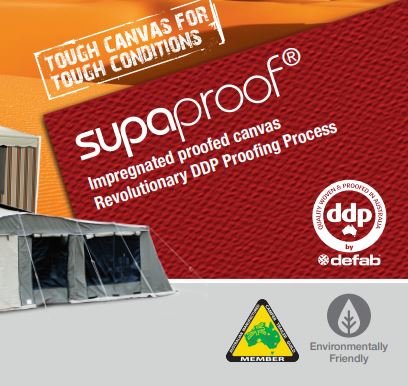Canvas Choices
Humans have sheltered under what they could produce.
Skins, grass, foliage, linen, hemp, cotton, plastics, nylon, polyester.. etc.
Below is an excerpt from the American Association of Textile Chemists and Colorists (AATCC)
Preserving Ancient Fabrics
According to Carol James, a renowned textile author, “Industries looking for particular qualities of rigidity and stretch can find structures fitting their needs by looking at ancient textile structures.” The durability of ancient fabrics can be tied to the materials they are made of. Linen, made from fibers of the flax plant, has been used by ancient civilizations all over the world. Many fabrics excavated from ancient Egyptian civilizations were made of linen materials and it remains one of the most durable materials, hence its popular use today.
Another strong material that remains popular today is silk, “The Queen of Textiles.” The Chinese closely guarded the secrets of their silk production for millennia, with the oldest piece of silk cloth found in China dating to approximately 3630 BCE. Ancient Myanmar (formerly Burma) was well-renowned for its use of silk and silk weaving remains one of the main professions in the country.
It is not just the materials used for making the textiles that allow such a long preservation period. In fact, organic materials degrade very quickly. According to Sumru Belger Krody, Senior Curator of the George Washington University Museum and The Textile Museum, “Ancient fabrics are mainly preserved by specific environmental conditions. These include dry desert conditions, places like bogs where there is no oxygen, or permafrost where the fabrics are frozen. This would explain why the 600-year old bra found under the floorboards of an Austrian medieval castle was not as well-preserved, while the smallest detail on the Paracas Textile was kept perfectly intact by the dry sands of the Peruvian coast.
Exploring the Oldest Fabrics in Existence - Nicola Davies March 31 2020
The fundamental requirement for any textile shelter is that it keeps you dry & is long-lasting.
I have made tents from many things. These special textile projects were both challenging & fascinating.
If your wish to explore the attributes & limitations of a particular fibre please don’t hesitate to contact us.

